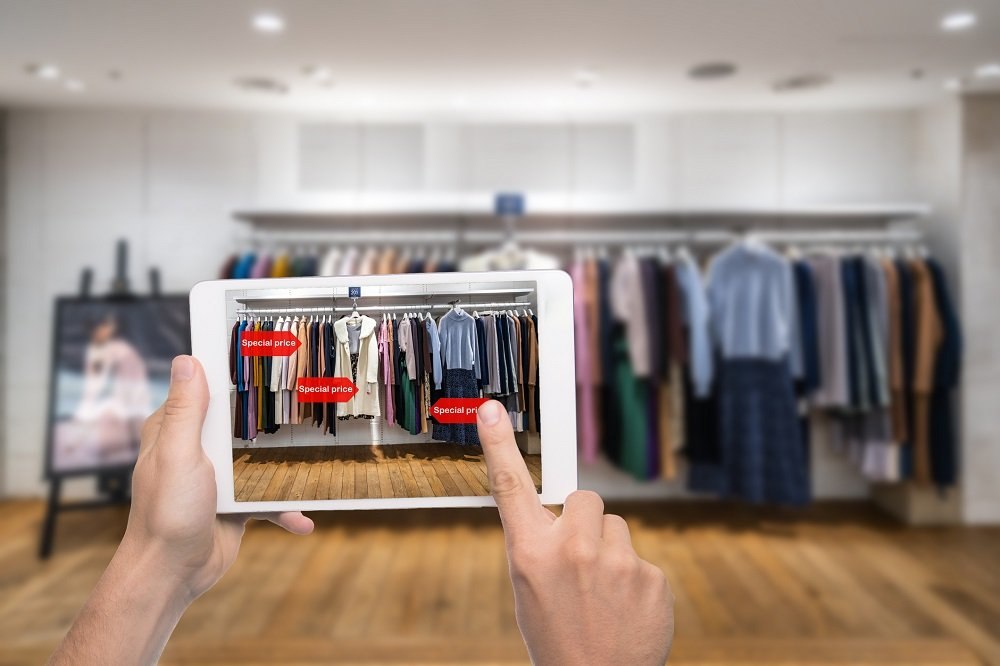
Urban Indians likely to adopt augmented reality technology for retail shopping
Among the different categories, consumers are most willing to try this solution for categories like clothing and technology
YouGov’s latest global report reveals that India is among the leading countries to show an interest in adopting innovative technologies like AR/VR (Augmented Reality/Virtual Reality) for retail shopping.
YouGov’s ‘International Omni-Channel Retail Report 2021: Shopping in the pandemic and the implications for the future' provides an overview of Covid-19 on shopping attitudes and behaviors across 17 markets.
Data from the whitepaper shows although interest in adopting AR/ VR technology is nascent globally, it varies across categories, with clothes and technology/ home appliances being the top categories to see its adoption in the future.
India, specifically, has a high interest in adopting AR/VR solutions for clothes (67%) and technology/home appliances (56%). This indicates that the future of augmented shopping in India looks bright and by adopting these technologies online retailers can drive greater channel penetration.
Looking at the general shopping habits around the globe, we see that brick-and-motor and online channels are pervasive among shoppers globally, with an average penetration of 86% and 81%, respectively.
Most consumers across all markets shop from both channels. While both channels are well penetrated, consumers’ category needs drive their decision to shop in person or online.
Looking specifically at the shopping behavior of urban Indians in the past three months, we see that brick-and-motor penetration levels are higher for every essential category apart from personal care products. The largest gap is seen in medicines and medical supplies, where penetration is 14 points higher in brick-and-motor channels than online (40% vs 26%), showing a positive sign for retail pharmacies in the country. Food and drinks is yet another essential category that people mostly bought from brick-and-motor channels than online (41% brick-and-motor vs 33% online).
In terms of discretionary items, Clothing (45% online vs 34% brick-and-motor) and Mobile Phones (29% vs 15%) are sectors that showed greater online penetration.
When asked about factors that motivate consumers to buy online, home delivery emerged as the top reason cited by consumers globally, with the highest numbers coming from Mexico (69%) and India (66%).
Most urban Indians claim the ease of purchasing things online and the ability to compare the products (53% and 51% respectively) are also top motivators for them to shop online.
Although online shopping offers convenience, product return policy and the inability to physically experience products were stated as major barriers for this medium in India.
On the other hand, when it comes to stores, the ability to physically experience products was stated as the top reason to shop from stores, with more than half in India (53%) saying this.
Even though this is a huge pull for consumers, factors such as lack of offers (47%) and variety (35%) dissuades them from shopping in stores. The current restrictions and social distancing norms add to the reasons (33%) for shoppers avoiding brick-and-motor stores in the recent past.
Commenting on this, Deepa Bhatia of YouGov India, said, “The pandemic has led to shifts in shopping behavior among consumers across the globe. It is therefore imperative for brands and retailers to be cognisant of these changes and understand the cross-channel interplay between online and offline stores.
As consumers are open to embracing new technologies, retailers need to start devising innovative strategies backed by the latest technological solutions to enhance the shopping experience and drive greater channel penetration.”